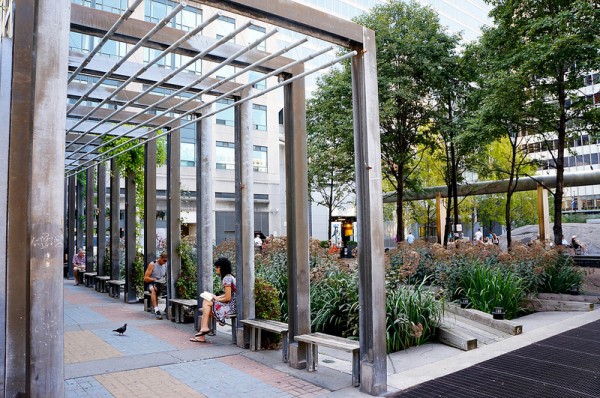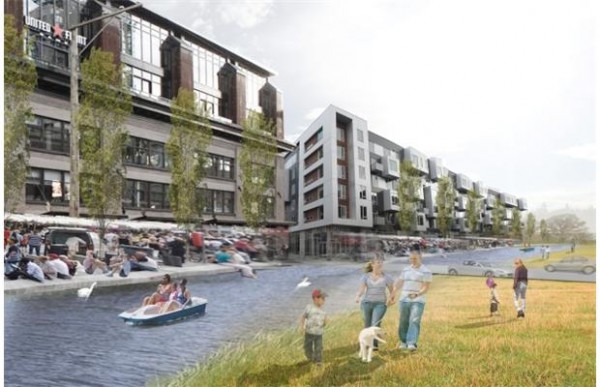Planning theory has emphasized the importance of studying a site and its surroundings before any plan, public or private, is created to guide future development. This may make sense if one wants to identify the site’s weaknesses/constraints (e.g. floodplains) and strengths/opportunities (e.g. employment centres), etc. which may feed into better land-use decisions. In that sense, no site is truly a ‘blank slate’ — all places have their history, characteristics and context. This is essentially one of the core principles of what is known as the rational planning process.
Rational planning, however, rarely sees much application in practice: most planning at the municipal or local level is done on a project-by-project basis. People will push their ideas and steer the process to achieve a few objectives. This is understandable. Some folks do not have the resources for a study. Other times, deadlines are tight or it is impossible to assemble a complete study. It would be easier to simply skip it or do a partial assessment. Consequently, there is risk for potential oversight on existing problems and the creation of new ones as well.
This process of muddling through is not necessarily a terrible thing: I, along with other writers here, will likely be proposing ideas about urban development from time-to-time with only the information that is available. I think it is great that there are passionate Edmontonians who want to improve the city. There should, perhaps, be streamlined processes to quickly help people realize some of these great ideas… more sidewalk patios, amenities, small attractions and community gardens immediately come to mind.
Still, some big ideas require a bit more thought. At times, it would be valuable to have discussion before heavily investing into an idea and proceeding through. Such projects may include permanent changes to the landscape, millions of dollars in investments, and public land/resources. For these instances, we need to take a step back and ask ourselves the bigger questions about context. The implications are too huge to ignore.
The proposed canal in Rossdale is just one example of such. This project hopes to kickstart development in West Rossdale by providing a public attraction for residents and cafés by raising $50 million in private funds through the construction of a canal. Despite its great and positive intentions, there are some big questions that need to be considered:
- Is there money set aside for continual maintenance and operation of the canal? Will the City absorb these costs?
- Has there been any consideration to the indigenous history of the sacred site, Pehonan?
- What are the impacts of the canal on urban connectivity across the structure?
- Are there any sustainability concerns of continuously pumping water from the river into a canal? Will new pipe infrastructure to pump water into the canal compromise land stability?
After reflecting on these questions, one should see that some issues will arise from the canal project and they need to be addressed. I am not opposed to the goals of kickstarting already approved development, increasing urban vitality and incorporating nature into the built form, but there are many alternative options that are more eco-friendly and less costly over a lifetime. This may take in the form of an interpretative boardwalk with indigenous edible plant landscaping, restoration of a former wetland (if any), or a pedestrian street where cafés spill onto the streets.
These big ideas will also need to address the same big questions and be thoroughly discussed before any action. That is, after all, what we call planning.


